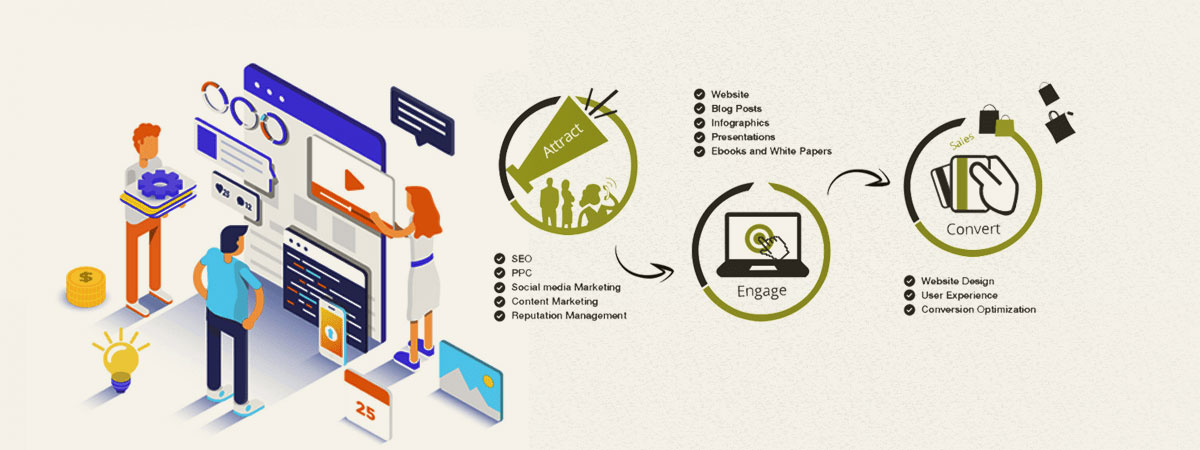Interested In Discovering How Internet Site Layout Has Transformed Over The Years? Discover The Journey
Interested In Discovering How Internet Site Layout Has Transformed Over The Years? Discover The Journey
Blog Article
Post By-Thorsen Dalby
In the past, web sites were simple and concentrated on details. Navigating was direct, and design was for desktop computers. Now, customer experience is essential. Information guides styles for very easy navigation. Receptive layouts match various tools. Today, dark mode reduces stress, and minimalist food selections boost navigation. Interactive features involve individuals, and vibrant visuals stick out. AI integration boosts interaction. See how layout has advanced to enhance your on the internet journey.
Very Early Days of Website Design
In the very early days of web design, simplicity reigned supreme. Web sites were fundamental, with limited shades, font styles, and layouts. The emphasis was on giving info as opposed to fancy visuals. Individuals accessed the internet via slow dial-up links, so speed and performance were key.
Navigating menus were straightforward, commonly situated at the top or side of the page. Internet sites were made for computer, as mobile surfing wasn't yet prevalent. Web content was king, and developers prioritized easy readability over intricate design components.
HTML was the main coding language utilized, and designers needed to function within its restraints. Animations and interactive functions were marginal contrasted to today's criteria. Websites were static, with little vibrant content or personalized individual experiences.
Rise of User-Focused Layout
With the evolution of web site style, a change towards user-focused design principles has actually come to be increasingly noticeable. Today, creating internet sites that prioritize individual experience is crucial for engaging site visitors and achieving business goals. User-focused style entails understanding the needs, choices, and behaviors of your target market to customize the internet site's design, web content, and features appropriately.
Developers currently conduct comprehensive research study, such as customer surveys and use screening, to collect understandings and responses directly from customers. This data-driven technique aids in developing intuitive navigating, clear calls-to-action, and aesthetically enticing user interfaces that resonate with site visitors. By putting the individual at the center of the style process, internet sites can supply an extra personalized and enjoyable experience.
Responsive style has likewise emerged as an essential element of user-focused layout, guaranteeing that internet sites are enhanced for different gadgets and screen dimensions. This flexibility improves ease of access and functionality, dealing with the diverse means users connect with internet sites today. In essence, the increase of user-focused style indicates a change towards developing digital experiences that prioritize the demands and expectations of the end user.
Modern Trends in Website Design
Discover the latest patterns forming web design today. One prominent pattern is dark mode layout, offering a smooth and contemporary appearance while decreasing eye pressure in low-light atmospheres. An additional vital fad is minimal navigating, streamlining food selections and improving user experience by concentrating on essential elements. Incorporating micro-interactions, such as animated switches or scrolling effects, can produce a much more engaging and interactive site. Responsive design continues to be critical, guaranteeing smooth customer experiences across various gadgets. In addition, utilizing bold typography and unbalanced formats can add aesthetic rate of interest and accentuate certain web content.
Incorporating AI modern technology, like chatbots for customer assistance or personalized recommendations, enhances customer engagement and streamlines procedures. Ease of access has likewise become a significant pattern, with developers focusing on comprehensive layout methods to accommodate diverse user demands. Accepting https://www.google.com/maps/place/Moon+and+Owl+Marketing/@32.9757271,-106.5344695,1840583m/data=!3m1!1e3!4m6!3m5!1s0x864ddeaa4179705b:0x488d41d2cc6b9750!8m2!3d32.9757271!4d-97.5696258!16s%2Fg%2F11b6mpccrg?entry=ttu&g_ep=EgoyMDI1MDIxMS4wIKXMDSoJLDEwMjExNDUzSAFQAw%3D%3D by enhancing website performance for speed and effectiveness is one more arising pattern in website design. Working together with individual responses and data analytics to iterate and improve layout constantly is crucial for remaining appropriate in the ever-evolving digital landscape. By welcoming these modern fads, you can create a visually attractive, straightforward site that resonates with your target market.
Final thought
As you reflect on the development of site layout from the early days to currently, you can see how user-focused design has actually ended up being the driving force behind contemporary trends.
Welcome the journey of adjustment and adjustment in website design, constantly maintaining the user experience at the forefront.
Stay current with the latest fads and technologies, and never ever stop evolving your strategy to produce aesthetically stunning and straightforward internet sites.
Develop, adjust, and produce - the future of web design remains in your hands.
